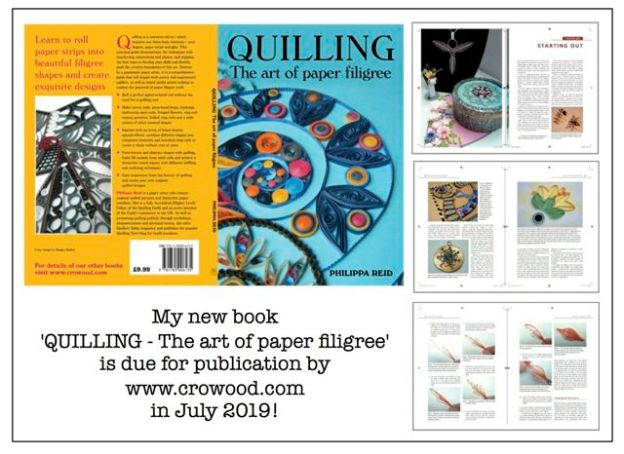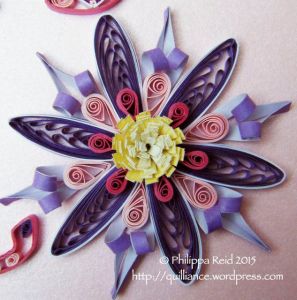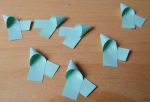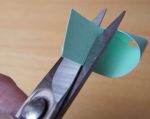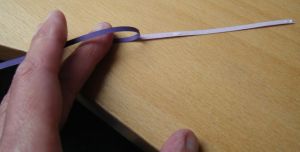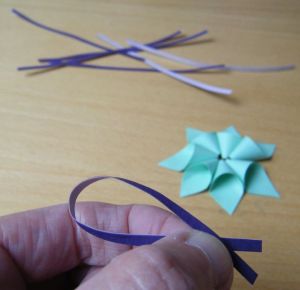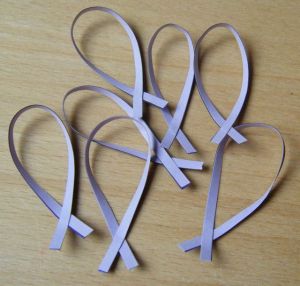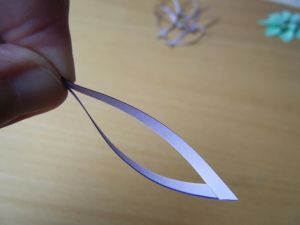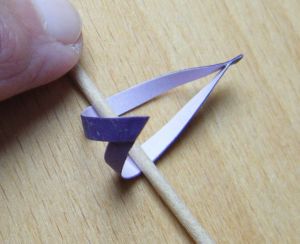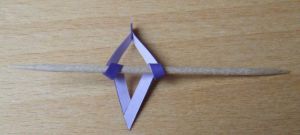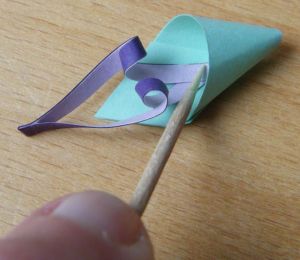It’s happening at last! The first advance copies of my book ‘QUILLING – the art of paper filigree‘ – arrived in the UK yesterday, and my publishers, Crowood Press, have already created a page for it on their website for pre-orders. If you’d like to reserve a copy for delivery as soon as it is published, you can access the direct link here.
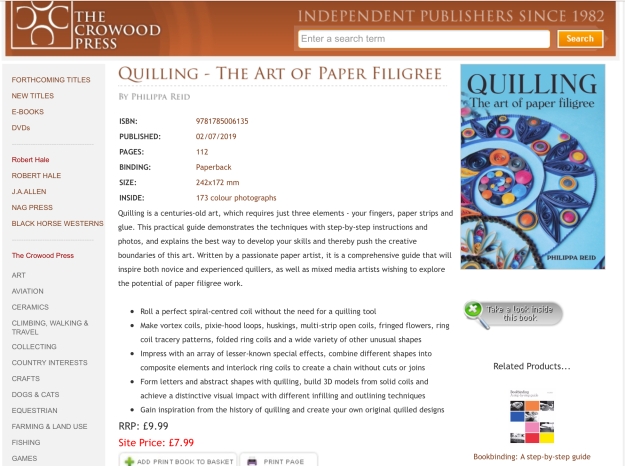
Publication is scheduled for July 2019, as we wait for the bulk shipment of books to arrive by sea. Meanwhile, however, I am finally free to reveal the cover artwork, along with the detailed back-page overview of what the book contains.
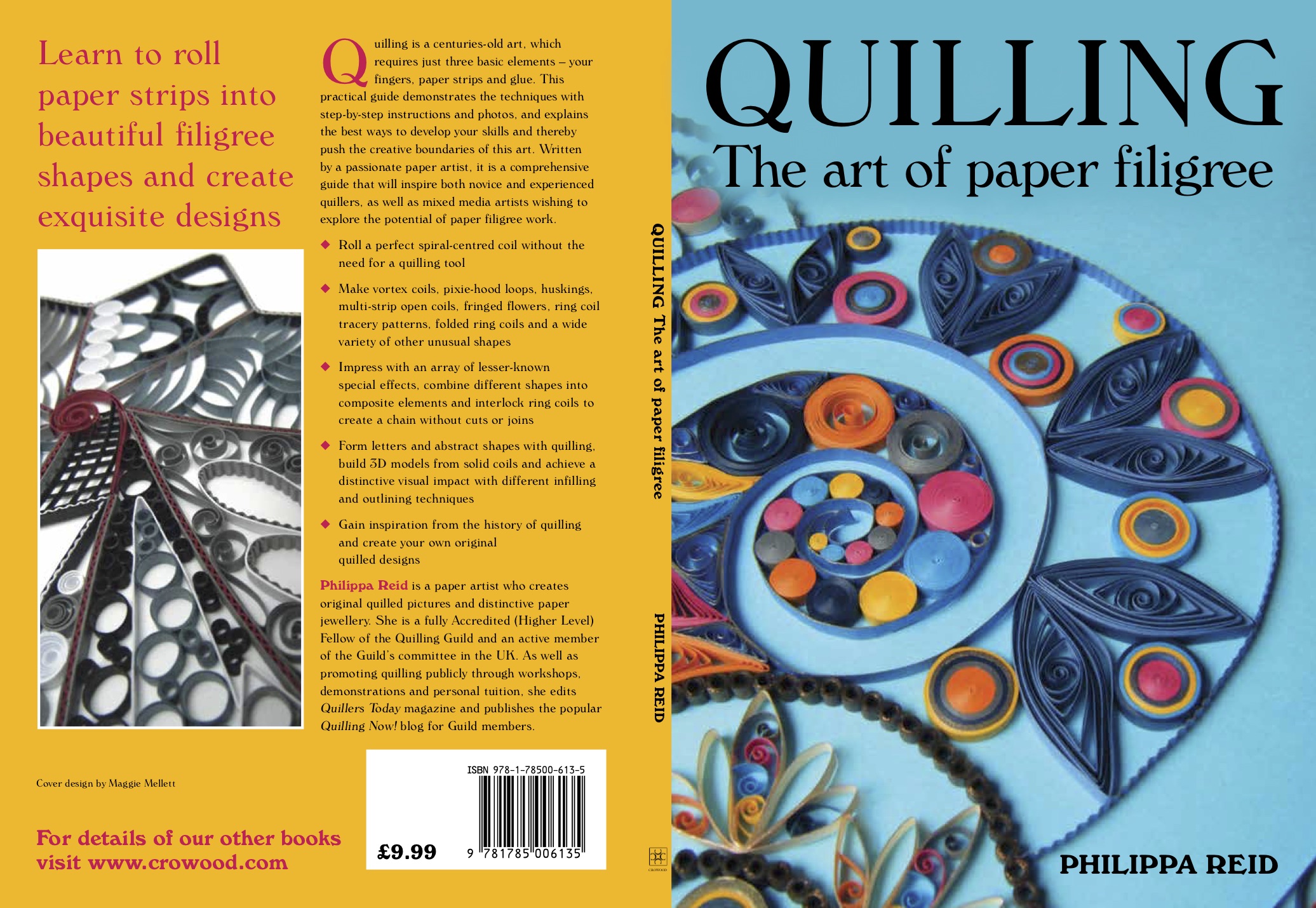
As I explained in my last post, this is a quilling book with a difference. Unlike other project-based books that currently proliferate in the crafting market, my book is intended to be a comprehensive ‘how-to’ guide that aims to describe every aspect of quilling in all its inspirational variety. It deals with hands-on practicalities in a very detailed way, seeking to encourage readers’ own innate creativity through the mastery of technique. In short, it’s designed to inspire!
I am proud of the cover artwork, which was a project I worked on during my artist’s residency at Taunton’s wonderful CICCIC gallery last year.
Here’s the finished framed piece which was designed to sum up the scope of the book, using a broad mix of techniques to illustrate the vast range of different visual effects that can be achieved in the context of colourful circles and spirals. Unconventional, maybe – but a genuine expression of my own creative heart.
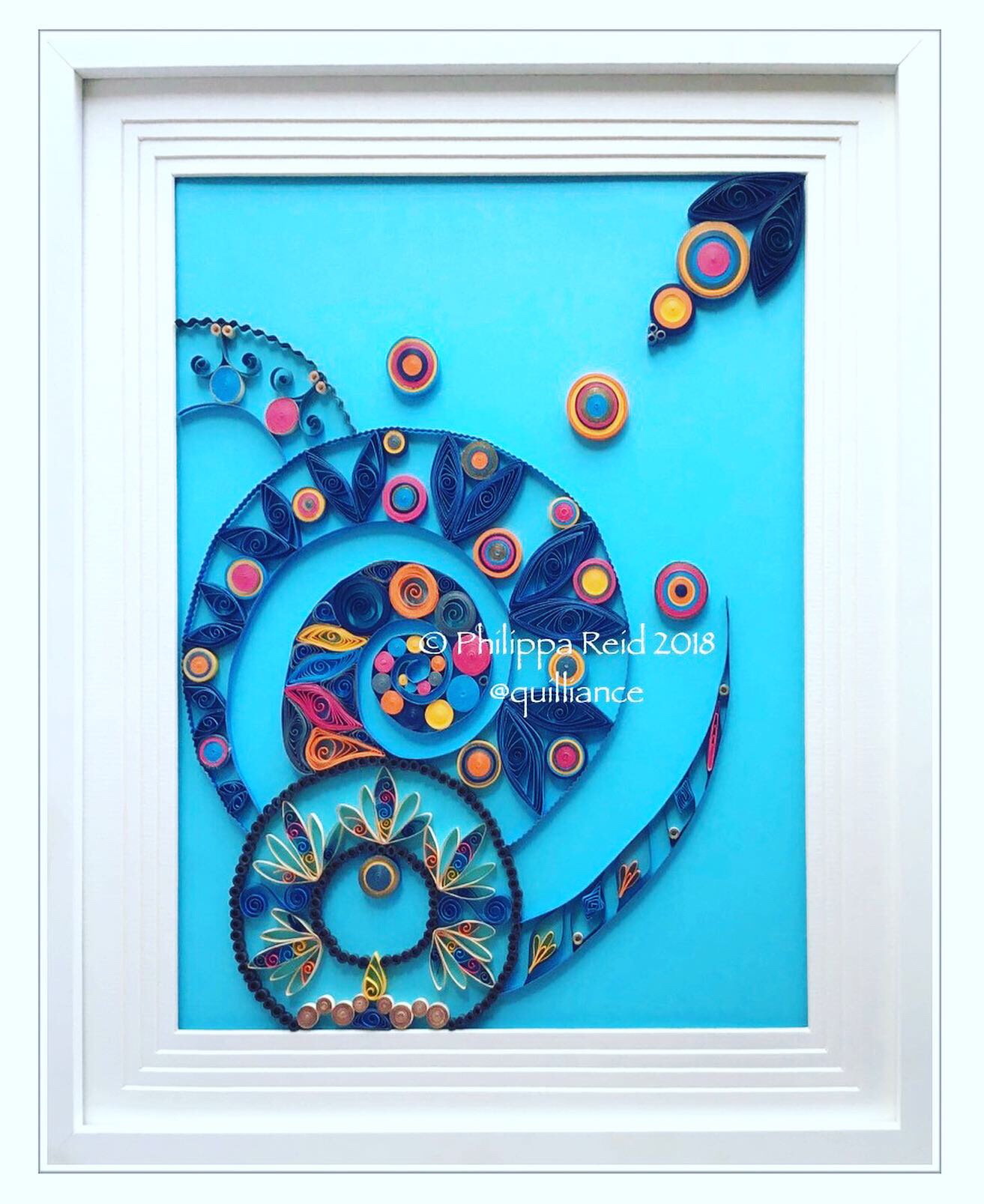
All that remains is for me to commend this book to you, and trust that it will be received in the same open-minded creative spirit as that in which it was written.
Let me leave you with a few quotes from the text:
“Appreciation of the sheer variety of techniques that can be utilised in quilling is the key to realising its full creative potential.“
“There is a wealth of creative potential to be found beyond the realm of the closed loose coil.“
“The intricacy of a quilled design can be both impressive and daunting in equal measure. However, when broken down into its constituent parts, a quilling usually reveals itself as much less complex than appearances may suggest.“
If any or all of these sentiments ring true in your mind, maybe this is the book you have been waiting for…

